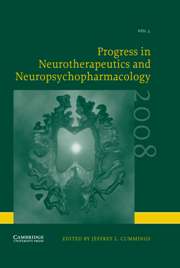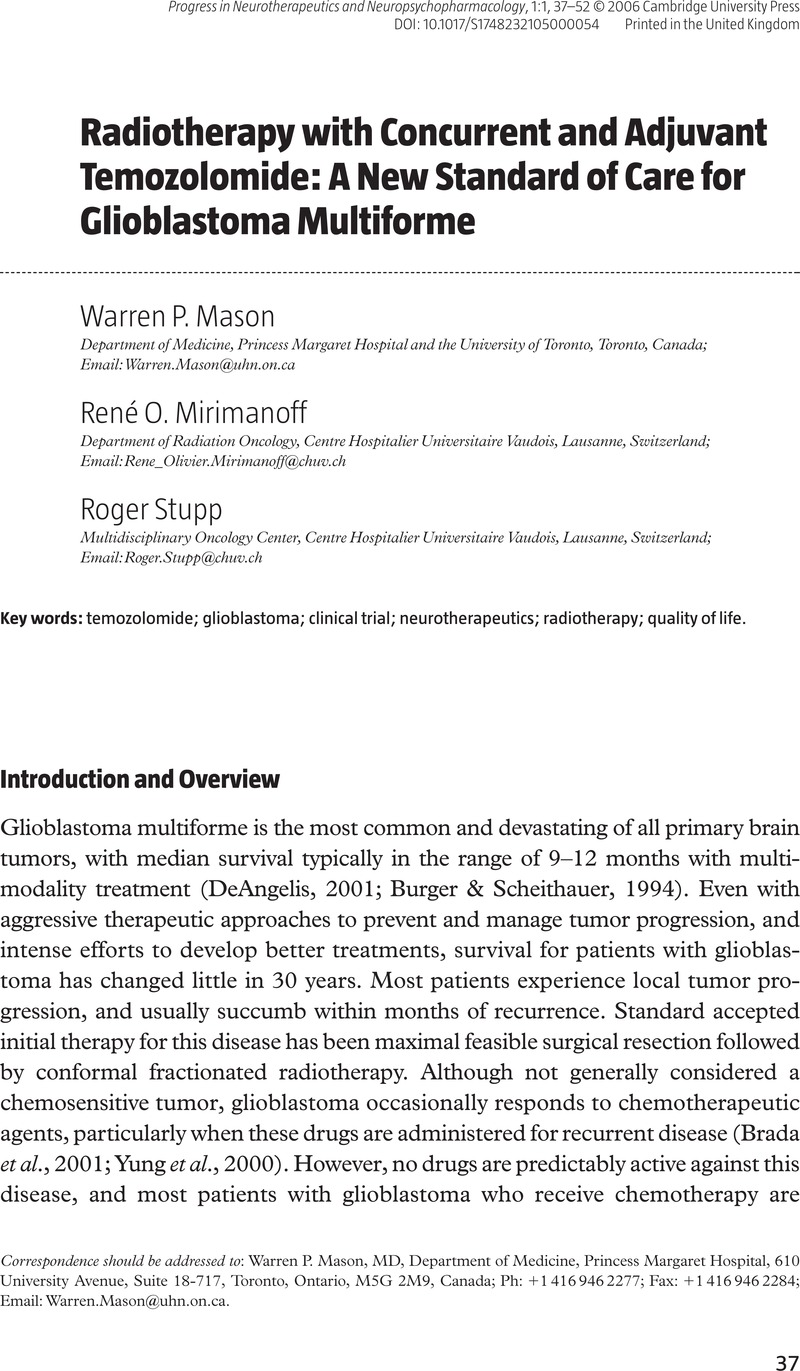Crossref Citations
This article has been cited by the following publications. This list is generated based on data provided by Crossref.
Svec, Riley L.
and
Hergenrother, Paul J.
2020.
Imidazotetrazines as Weighable Diazomethane Surrogates for Esterifications and Cyclopropanations.
Angewandte Chemie,
Vol. 132,
Issue. 5,
p.
1873.
Svec, Riley L.
and
Hergenrother, Paul J.
2020.
Imidazotetrazines as Weighable Diazomethane Surrogates for Esterifications and Cyclopropanations.
Angewandte Chemie International Edition,
Vol. 59,
Issue. 5,
p.
1857.



